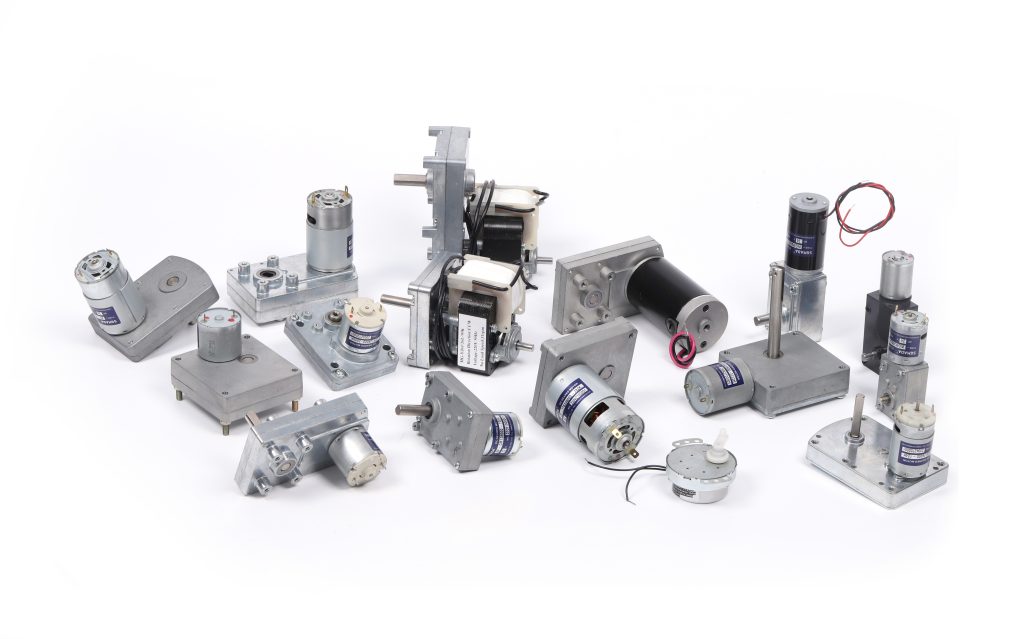Mobile:+86-311-808-126-83
Email:info@ydcastings.com
sand casting
Sand Casting A Timeless Manufacturing Process
Sand casting, also known as sand mold casting, is one of the oldest and most versatile manufacturing processes that has been used for centuries. This method involves creating a mold for metal casting by using sand as the primary material. The simplicity, cost-effectiveness, and ability to produce complex shapes make sand casting an essential technique in various industries, including automotive, aerospace, and art.
At its core, sand casting begins with the creation of a mold by compacting sand around a pattern. This pattern is typically made of metal, plastic, or wood, representing the final shape of the cast object. After the sand is compacted, the pattern is removed, leaving a cavity in the sand that will be filled with molten metal. A variety of sands can be used, but silica sand is the most commonly employed due to its high melting point and availability.
One of the key advantages of sand casting is its ability to produce large and heavy parts
. This makes it particularly popular in industries where large components are necessary, such as machinery, engine blocks, and heavy equipment. Additionally, the sand used in the process can be reused multiple times, which not only reduces waste but also cuts down on material costs.sand casting

Furthermore, sand casting is adaptable to various types of metals, including aluminum, iron, and bronze. This flexibility allows manufacturers to select the most appropriate material for their specific application, whether they require lightweight components or items that need to withstand high temperatures or corrosive environments.
The process of sand casting is relatively straightforward, making it accessible even for small-scale operations. Once the mold is prepared, molten metal is poured into the cavity, filling it completely. As the metal cools and solidifies, it takes the shape of the mold. After sufficient cooling, the mold is broken away, revealing the cast part. This “shakeout” process can be labor-intensive, but modern technologies like automated systems are being developed to improve efficiency.
Despite its many advantages, sand casting does have some limitations. The surface finish of cast parts may not be as smooth as those produced by other methods such as die casting. Additionally, achieving tight tolerances can be challenging. However, advancements in sand casting techniques and technologies have been made to mitigate these issues, allowing for improved quality and precision.
In conclusion, sand casting remains a vital manufacturing method that combines tradition with innovation. Its ability to produce intricate shapes, coupled with cost efficiency and versatility, ensures its continued relevance in modern industry. As technology evolves, sand casting will likely adapt, further enhancing its capabilities and applications across various sectors. Whether for large industrial components or artistic endeavors, sand casting continues to hold a significant place in the world of manufacturing.
-
Impeller Technology That Powers Precision in Pump SystemsNewsMay.22,2025
-
Valve Durability Begins with Quality Cast Iron ComponentsNewsMay.22,2025
-
Performance Cooling with Advanced Automobile Water Pump SolutionsNewsMay.22,2025
-
How Motor Housing and Oil Pans Shape Engine PerformanceNewsMay.22,2025
-
How Metal Castings Drive Modern Manufacturing EfficiencyNewsMay.22,2025
-
Exploring the Engineering Behind Valve Body CastingsNewsMay.22,2025











